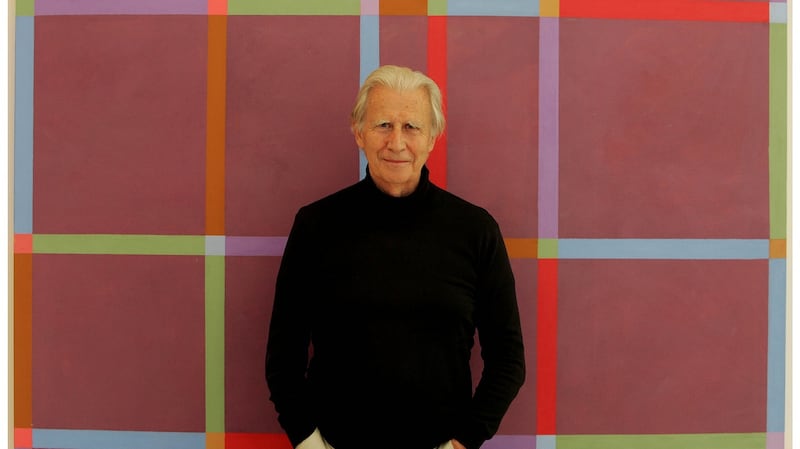In 1967 the Irish artist and critic Brian O'Doherty, who was by then based in New York, edited a double edition of the avant-garde magazine Aspen. Previous editions had been edited by Andy Warhol (Aspen 3) and Marshall McLuhan (Aspen 4). Aspen 5+6 – a small white box – became the first exhibition to completely dispense with a gallery. The result was exciting and innovative.
Inside the box were a book, four films, five records, eight cut-out boards and 10 printed texts. Each addressed six “art” movements that O’Doherty had selected and devised: constructivism, structuralism, conceptualism, “the tradition of paradoxical thinking”, “objects” and “between categories”. There were three themes: time (in art and history), silence and reduction, and language.
O’Doherty’s edition appeared at a crucial moment in the evolution of conceptual art, with its critique of art institutions, the supposed superiority of the artist over the viewer, and the autonomy of traditional forms of art, such as painting. The American art world had difficulty accepting such critiques, while few in Ireland at the time would have been aware of them.

Aspen 5+6 anticipated Inside the White Cube: The Ideology of the Gallery Space, O'Doherty's internationally influential book from 1976. In it he questioned the implications of the pristine white exhibition space, and was the first to use the term "white cube".
Aspen 5+6 was a one-man exhibition in which a galaxy of commissioned contributors acted as what O'Doherty called the brushstrokes in his painting. Crucially, they moved across genres of art, literature, dance, poetry and music, and included European and American artists of an older generation as well as O'Doherty's own.
Aspen 5+6 looked both forwards and backwards as an anti-formalist, multiauthored, interdisciplinary multimedia exhibition. The juxtaposition, for example, of the beat prose of William Burroughs's Naked Lunch with the austerity of Samuel Beckett's Text for Nothing #8, or the dada poetry of Richard Huelsenbeck with the symbolism of Michel Butor's Conditionnement, left each viewer to play with these and other contributions.
O’Doherty’s contributors included Alain Robbe-Grillet, Susan Sontag, Roland Barthes, George Kubler, Merce Cunningham, Morton Feldman, John Cage, László Moholy-Nagy, Naum Gabo, Stan VanDerBeek, Robert Rauschenberg, Hans Richter and Marcel Duchamp.
From his own generation he included Robert Morris and Tony Smith, as well as one of his own minimal language plays (Structural Play #3), Mel Bochner's Seven Translucent Tiers, Sol LeWitt's Serial Project #1 and Dan Graham's March 1966. These, and Barthes's seminal essay The Death of the Author, were all first published here.
On commissioning Barthes, O'Doherty remarked: "He got it immediately. My notion that art, writing etc was . . . a kind of anti-self." For the critic Irving Sandler Aspen 5+6 "summed up the sensibility of that decade and foretold much of what would influence artists subsequently".
Aspen 5+6 was a novel form of manifesto at a critical time when LeWitt and others were writing about their ideas on conceptual art. The shift of emphasis from omnipotent author/artist to viewer/reader, promulgated by Barthes's essay, is echoed in Duchamp's The Creative Act (1957), recorded for Aspen 5+6. It is made explicit in the introduction, Placement as Language (1928), by "Sigmund Bode", one of O'Doherty's earliest pseudonyms, "born" in Dublin in 1949, when he was still a medical student. The date 1928 playfully recalls O'Doherty's own date of birth, erroneously recorded as 1934 for decades in exhibition catalogues. This anti-authorial strategy, adopted from metafiction, also features in Beckett's Text for Nothing #8: "all I say will be false and to begin with not said by me."
Aspen 5+6 is dedicated to Stéphane Mallarmé, who sought a poetic language that would "evoke . . . little by little . . . through a series of unravelings". In both concept and form it radically defined a new language for art open to new media, collaboration and a revised role for the viewer as active participant.
You can read more about this week's artwork in the Royal Irish Academy's Art and Architecture of Ireland; ria.ie











